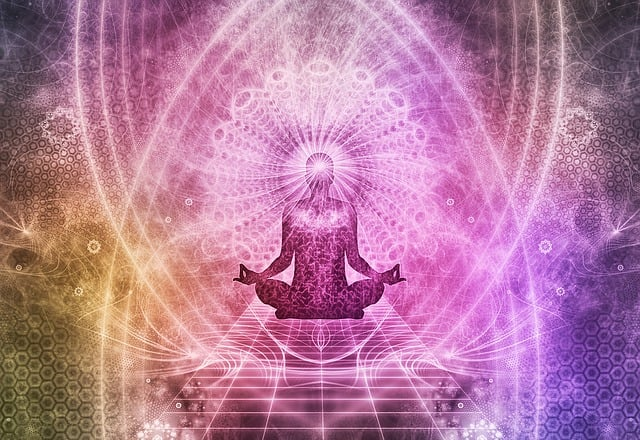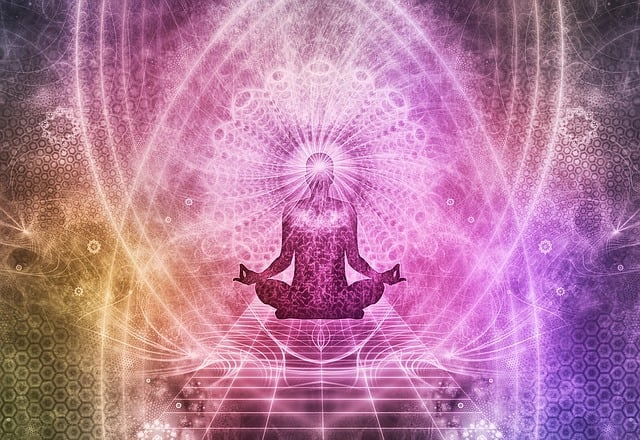Navigating Wellness: Understanding the three Ayurvedic Doshas

Ayurveda is a holistic healing system rooted in the Indian subcontinent and Ayurvedic medicine and the principles have been practiced for way over 5,000 years. Central to its philosophy is the idea that the human body is made up of three primary life energies or doshas: Vata, Pitta, and Kapha.
These doshas govern our physical, mental, and emotional health, and understanding them can offer profound insights into our overall well-being. In this article, we will break down all the elements to help you understand the three Ayurvedic doshas.

What are Ayurveda doshas?
Ayurveda and Ayurvedic medicine refer to fundamental energies or principles that are interwoven into the fabric of our existence. Every individual, regardless of their cultural or geographical background, embodies these doshas, making them universal markers of human health work life balance and constitution.
Doshas are considered life forces. They dictate various physiological, psychological, lifestyle habits, and other behavioral characteristics and traits. The primary aim of Ayurveda is not to eliminate or reduce doshas but to achieve a harmonious balance among them.
When these energies live in this delicate balance, it is believed that that person will have optimum health. Conversely, when there's an imbalance, it paves the way for diseases or discomforts.
Ayurveda's foundation lies in its recognition of the five primal elements: ether (space), air, fire, and water and earth elements. These five elements represent tangible qualities and energies observed in the world around us and within us.

Doshas arise from the unique pairing of these elemental forces:
-
Ether & Air: These combine to form the balance Vata dosha. Just as ether represents vastness and emptiness, and air signifies movement, Vata dosha is associated with motion and change in the body, such as circulation and neural impulses.
-
Fire & Water: From their fusion emerges the Pitta dosha. Pitta is the embodiment of metabolism and transformation, much like how fire transforms everything it touches and water carries nutrients to different parts of the body.
-
Earth & Water: These come together to constitute the Kapha dosha. Earth provides stability and structure, while water offers cohesion and lubrication, making Kapha the force behind our physical form and continuity.
While every individual possesses all three doshas, their proportions vary and this unique ratio shapes our temperament, appearance, and predispositions, both physically and mentally. By transcending the simplistic notion of 'faults' or 'impurities', Ayurveda invites us to embrace and harmonize these intrinsic energies, leadingus towards a state of holistic well-being.
Determining your Ayurvedic dosha, or prakriti (your inherent nature or constitution), requires a comprehensive understanding of both your physical and mental characteristics. There are numerous Ayurvedic quizzes and questionnaires available online, in books, and at Ayurvedic clinics that guide you through a series of curated questions to help determine your dominant dosha. For a more accurate and tailored assessment, consider consulting a qualified Ayurvedic practitioner. They may use various diagnostic tools, such as pulse diagnosis, tongue analysis, and detailed interviews, to ascertain your prakriti and any current imbalances (vikriti). Identifying your primary dosha can offer deep insights into your natural strengths and vulnerabilities and guide you towards a more balanced lifestyle.
Understanding Vata Dosha
Vata Dosha is rooted in the elements of air and ether. It is characterized by attributes of air element such as coldness, lightness, dryness, irregularity, roughness, mobility, quickness, and change. Just as the wind can be gentle one moment and turbulent the next, Vata's influence is multifaceted and essential to our body's dynamism.
At a physical level, individuals who are Vata-dominant exhibit certain discernible traits. They often possess a lean physique. Their skin tends to be dry and it's not uncommon for them to have cold extremities and experience a drop in body temperature, in cold and wet weather too, specifically in their hands and feet.

Beyond the physical, people with a pronounced Vata disposition are considered creative, enabling them to think quickly and outside the box. They have a natural enthusiasm, with a joy for life that can be infectious. Yet, a vata imbalance, vata energy can lead to turbulence resulting in mood swings, anxiety or restlessness, a racing mind, insomnia, and scattered thoughts.
Given its intrinsic qualities, balancing Vata requires grounding, warmth, and consistency. A regular routine provides the stability that Vata seeks, acting as an anchor. Dietary choices play a crucial role too. Warm, moist, and nourishing foods can counteract and balance Vata's dry and cold qualities. Similarly, environments that exude calm and warmth can be therapeutic.

Understanding Pitta Dosha
Pitta dosha is embodied as fire and water. This unique pairing highlights pitta's realm in heat, metabolism, and transformation, taking charge of the body's biochemical processes.
Physiologically, those who lean towards a Pitta constitution bear distinct characteristics. Their body frames are generally moderate, reflecting a balance. Their skin often has a fair or reddish hue and is notably sensitive to the sun. Furthermore, their facial features are pronounced and sharp, mirroring the clarity and focus inherent in their nature.
Pitta's are typically intellectual powerhouses with a highly sensitive will. Their minds allow them to focus on tasks thanks to firm focus, combined with their innate assertiveness, making them natural leaders.
Yet, an imbalanced Pitta can become the source of internal issues. This imbalance can express itself as sudden bouts of anger, a simmering impatience, or inflammations in the body and nervous system, reminding us of the fiery intensity that needs careful management.
To ensure Pitta remains chilled, Ayurveda prescribes balancing techniques such as eating cold foods and avoiding spicy food, especially those with a pungent kick, and acidic foods are best consumed in moderation. Beyond dietary considerations, embracing calming activities, like meditation or walks in nature, can be super beneficial. With the right awareness and practices, one can harness Pitta's fiery energy for growth, ensuring it enlightens rather than consumes.
Understanding Kapha Dosha
Kapha dosha stands firm, symbolizing the intertwining energies of earth and water. It is the dosha that provides the body with stability, ensuring our physical form remains strong and grounded. Kapha is the bedrock of well-being, offering stamina, endurance, and resilience.
In terms of physical characteristics, Kaphas showcase a certain solidity and robustness. They often have a more substantial, heavier body frame. Their skin is typically oily and smooth, reminiscent of the nurturing qualities of water. One of Kapha's standout attributes is stamina as individuals have an innate ability to endure.
Kapha-dominant individuals are the embodiment of calm, offering stability in the face of chaos. Their patient demeanor, coupled with an unwavering loyalty, makes them trusted allies and friends. They are compassionate too, ensuring people around them feel cared for and understood. However, an imbalanced Kapha can lead to a resistance to change, lethargy, or feelings of depression.
Balancing Kapha, requires introducing elements that stir, invigorate, and rejuvenate lifestyle habits. Engaging in regular physical activity and good dietary choices play a pivotal role. Steering clear of processed foods and excessively heavy or oily foods can prevent adding to Kapha's already substantial nature. Introducing variety, mental stimulation, and occasional disruptions to daily routine can help Kapha's innate resistance to change.

Recognizing Dosha Imbalances
According to Ayurveda, illness and discomfort are often the result of an imbalance in one or more of the doshas. For instance, some digestive system issues might indicate a Pitta imbalance, while chronic fatigue could point to Kapha. The symptoms are varied and can range from physical to psychological.
Recognizing the dosha-specific symptoms is merely the first step. By understanding the nature of the imbalance, then one can find the best practices, foods, and routines that help restore balance. Whether it's adjusting dietary choices, modifying daily routines, or incorporating specific herbs, Ayurveda offers a holistic roadmap to harmonizing our energies.
The Ayurvedic perspective beautifully encapsulates the notion that our bodies are constantly in conversation with us. By learning to interpret the language of doshas and their imbalances, we equip ourselves to navigate the path of optimal health, with wisdom and foresight.
Conclusion
Ayurveda presents a rich tapestry of techniques designed to harmonize the doshas. These techniques encompass a wide spectrum, from specific dietary recommendations and potent herbal concoctions to calming and zen practices like yoga and meditation, all tailored uniquely for the characteristics of each dosha. Crucially, Ayurvedic wisdom emphasizes that every individual possesses a distinct blend of these doshas. Typically, one or two doshas dominate, giving each person their unique constitution or 'Prakriti.' This constitution, Ayurveda suggests, is established at conception and remains a consistent factor throughout an individual's life.
The dosha paradigm can guide us in discerning disharmonies in life and figure out the best way to realigning ourselves with equilibrium on physical, emotional, and spiritual planes.
Even though the roots of Ayurveda reach deep into ancient history, its principles remain incredibly relevant in the modern, contemporary era. You can always lean on the powers of Ayurveda, with its preventive approach and emphasis on balance, it will extend an enduring hand of holistic wisdom.




